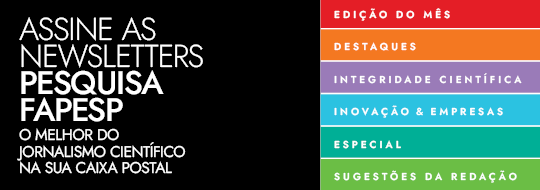 Personal archive
Personal archiveEgalon graduated with a degree in physics from the Federal University of Rio de Janeiro (UFRJ) and earned a master’s degree and PhD from the College of William & Mary, and a second PhD from Old Dominion University, both in the United States. Afterwards he went to work as a researcher at the NASA Langley Research Center, where he spent 10 years working with sensors and fiber optics. From 1993 to 1994, he was the first Brazilian to conduct microgravity experiments on the NASA KC-135 aircraft, used for training astronauts. In flight, weightlessness is created with parabolic maneuvers and passengers float inside the airplane. “I was on that flight six times,” he says.
After leaving NASA, he taught at the University of Puerto Rico and also worked at the US Air Force Laboratory, Philips Research Site, in New Mexico. In 1998 Egalon moved to Intelligent Optical Systems (IOS), a small sensor company near Los Angeles. He returned to Brazil in 2002 after his first PIPE project was accepted to develop a fiber sensor to identify chlorine ions in reinforced concrete, but he was unable to move on to phase two. “I went back to the United States and taught in schools while I sought funding for my projects,” he says. In 2006, he obtained financing from the National Science Foundation (NSF) to develop a fiber optic sensor for relative humidity with applications in intelligent structures such as bridges and spaceships. Then he worked on two projects from USDA that lasted until 2011.
Over the years Egalon has accumulated 26 patents. “Now I am in São José dos Campos developing a research and consulting firm.”
